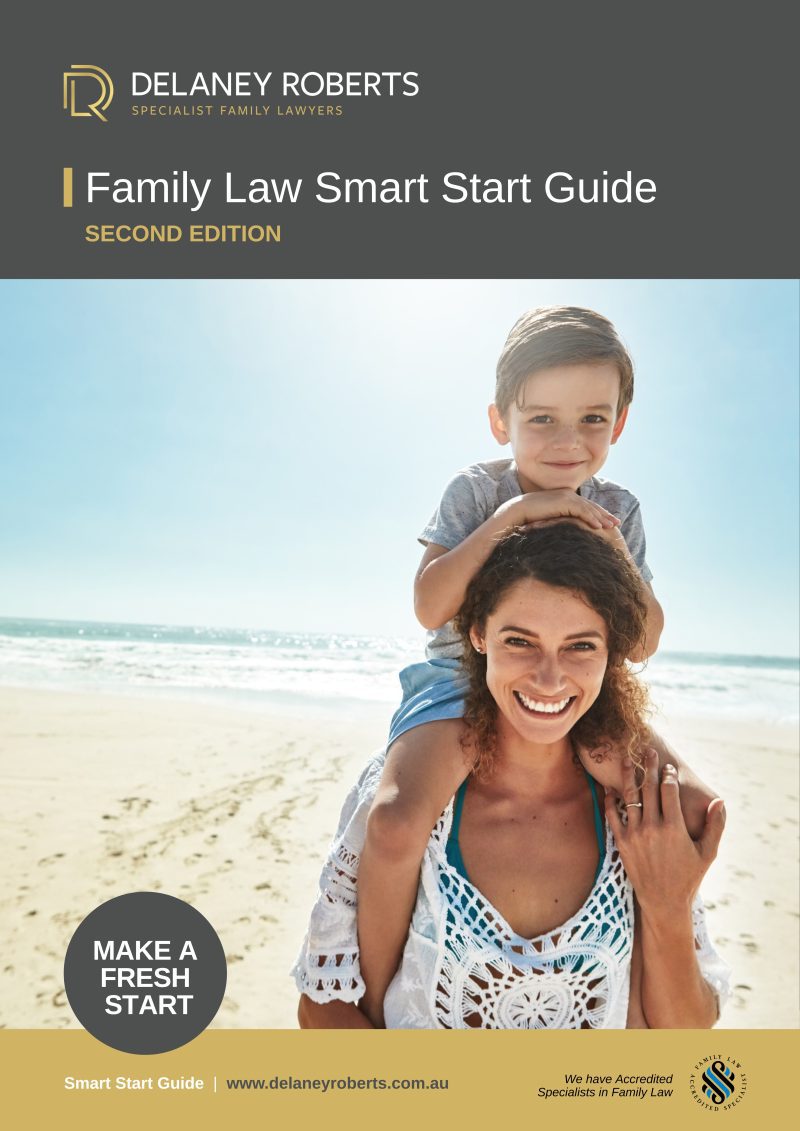What types of parenting arrangements are NOT in a child’s best interests?
If you have been able to reach agreement with your child’s parent about parenting arrangements, the arrangements may not be what a Court would have determined was in the best interests of your child, however, as long as you and the other parent are in agreement, the decision about what is in your child’s best interests is up to you (subject to child protection laws).
However, there are a number of things that are generally considered not to be in a child’s best interests, for obvious reasons, including:
- Missing school for reasons that are not strictly for the child’s benefit (such as a going shopping),
- Spending unsupervised time with a parent or other person who poses a risk to them, and
- Not receiving adequate medical treatment or basic necessities.
There are other arrangements that are not in a child’s best interests which are sometimes not identified by a parent as being negative for the child unless they can consider the situation carefully from the child’s perspective. They also require some understanding of child development theory, which many parents are not familiar with. The types of things that are not in a child’s best interests and may not be readily apparent to a parent are:
- Being separated from siblings on an ongoing basis,
- Hearing a person (and particularly a parent) speak negatively about their other parent,
- Experiencing a poor co-parenting relationship between parents,
- Being asked who the child wants to live with and spend time with, and
- Being denied time and contact with other important people such as grandparents and extended family.
Unfortunately, sometimes a child’s best interests are used by a parent to excuse or defend withholding a child from a parent on the basis that:
- The child appears distressed when going to or returning from that parent’s care.
- When they ask the child whether they want to spend time with the other parent the child says “No”.
- The other parent does not take as much care with day-to-day things for the child such as packing lunches or tidying the house, but not so much as to cause any risk of harm to the child.
- The child comes to harm in the other parent’s care which a result of usual childhood activities, such as scraping a knee, catching a virus (including COVID-19), getting headlice, etc.
The difficulty with a parent making decisions about whether the child should spend time with the other parent based on these factors is that:
- The transition between their parents’ respective homes is often difficult and unsettling for a child.
- When asked by one (1) parent whether they want to spend time with the other parent, a child will often answer that they don’t as they perceive that this is what the parent wants them to say. A child can feel torn and guilty when answering these questions no matter what they say, so it’s best not to ask them but listen if they offer an opinion.
- Each parent parents in different ways and none are perfect. One (1) parent may be great with cooking, the other better at sport. One (1) parent may be empathetic and permissive, the other stricter and set firm boundaries. None of these differences are sufficient to deny a child seeing their parent. The law provides that a child deserves to know their parent, whatever their deficiencies and as long as they are safe.
When is a risk presented by a parent serious enough that a child should be protected from that parent?
Children are exposed to risk every day: they might fall off a swing at the park, choke on food, burn themselves on the stove, run on the road, climb up on a wall and so on. We know that being a helicopter parent is not in a child’s best interests as it denies the child the freedom to learn by trial and error and to test their own ability.
At the other end of the spectrum, when is a risk of harm to a child serious and likely enough that the child should not spend time with a parent?
The risk of harm must be so serious and likely that it is more important to protect the child from the risk than for the child to have a meaningful relationship with the parent who presents the risk. If this is the case, the risk posed is considered to be an unacceptable risk of harm to the child.
The risk to the child may be physical and/or psychological and it may be from neglect and/or family violence directed at the child or at another person and is witnessed by the child.
An event that may not be considered to pose an unacceptable risk in one (1) situation, may be considered to pose an unacceptable risk where there is an accumulation of similar events over the course of time which together cannot be considered to arise from the usual activities of the child. For example, a parent with the care of a child who accidentally breaks a bone as a rare event would not be considered to pose an unacceptable risk on this basis, whereas a parent with the care of a child who frequently breaks bones might be considered to pose an unacceptable risk through violence or neglect.
It is the circumstances as a whole that are considered when determining whether a parent poses an unacceptable risk, rather than an isolated event. For example, if a child breaks a bone or has head lice or an untreated rash or a black eye or sees the parent’s new partner while they are drunk or misses a day of school, it may not indicate that the parent with care poses an unacceptable risk of harm where these are one-off, isolated incidents. However, a parent who has the care of a child for whom all of these incidents occur over a period of time, and continue to occur, may be considered to pose an unacceptable risk of harm.
Even where an unacceptable risk of harm is identified with a parent, every effort is made to foster the benefit to a child of a meaningful relationship with that parent by placing available protective measures between the child and the risk. A child may still spend time and communicate with a parent; however, the parent is supervised when spending time or communicating with the child, the parent must not be under the influence of drugs or alcohol when spending time with the child, or effective management of mental health issues will need to be demonstrated. Rarely will a child be completely cut off from a parent who wishes to maintain a relationship with them.





















